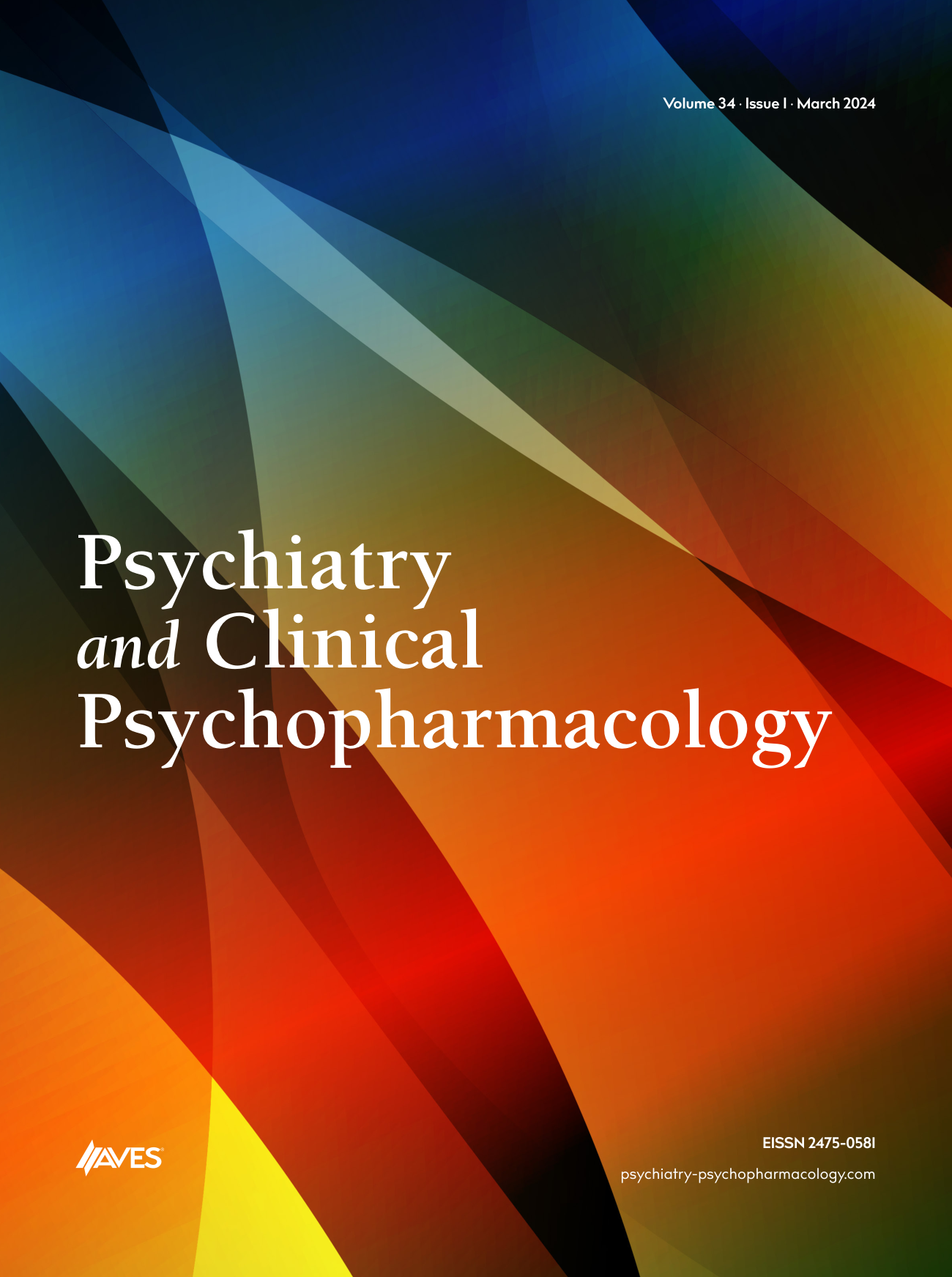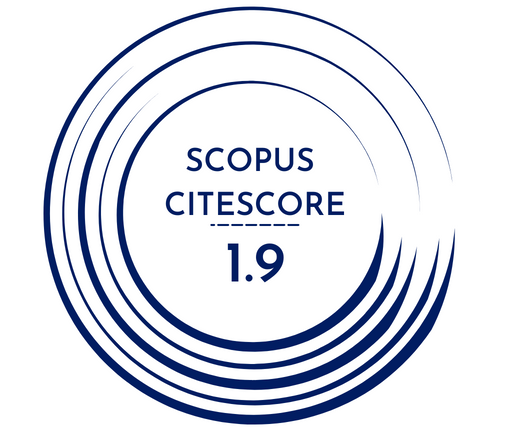Objective: Schizophrenia is a devastating disorder, starting in early adulthood and continuing with relapses and remissions. Prevalence of schizophrenia is 1% and the life expectancy of these patients is reduced. Both typical and atypical antipsychotic drugs are used to treat schizophrenia. Human serum paraoxonase is a serum esterase with both paraoxonase and arylesterase activity that prevents LDL from peroxidation. PON1 is attached to the exterior surface of the cell and transported to HDL by lipoproteins. After this transportation PON1 strictly conjugates with HDL. To date, performed studies evaluating serum paraoxonase levels of schizophrenia patients included atypical antipsychotics. Our study is the first study comparing patients taking typical, atypical and combined antipsychotics together. Arylesterase is a form of paraoxonase that does not represent any polymorphism of activity. This can be evaluated as an identifier of actual protein concentration. PON1 activity is independent from age and sex but influenced by smoking, pregnancy, diet and acute phase reactants.
Method: Paraoxon and phenyl acetate substrates are used to measure paraoxonase and arylesterase activities. Forty-one patients and 43 healthy controls participated in the study. The number of patients taking typical, atypical and combined antipsychotics were 11, 19, and 11, respectively. Serum paraoxonase activity of patients using typical antipsychotics, atypical antipsychotics, combined antipsychotics and healthy controls was 67.8, 68.7, 69.1 and 66.9, respectively. Serum arylesterase activity of patients using typical antipsychotics, atypical antipsychotics, combined antipsychotics and healthy controls was 131.0, 138.1, 133.0 and 114.5, respectively.
Results: We didnot find any significant upregulation in either paraoxonase or arylesterase activity.
Conclusion: Our study is the first study comparing schizophrenia patients using both typical and atypical antipsychotics along with combined antipsychotics. Previous studies showed partially contradictory results. One study didnot find any significant difference between female patients using olanzapine and healthy controls. Another study showed that olanzapine reduces paraoxonase activity in schizophrenic patients. We didnot find any significant up- or downregulation in either paraoxonase or arylesterase activity. Future studies should be done with more homogenous groups, exclude smokers, minimize dietary variations. This exclusions could be beneficial to researchers for better results



